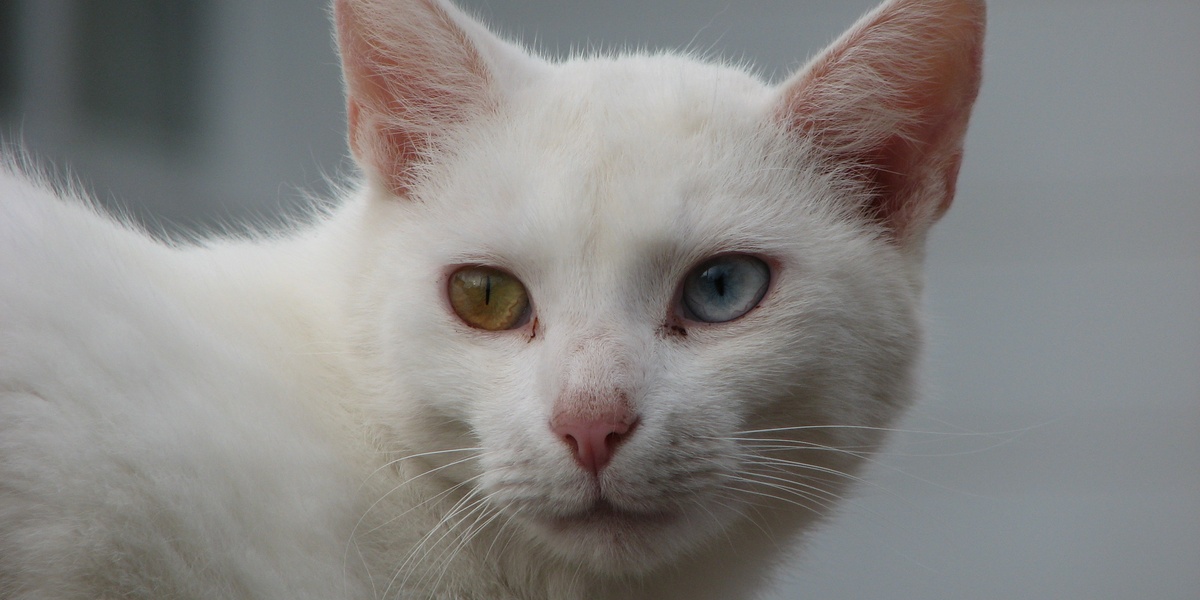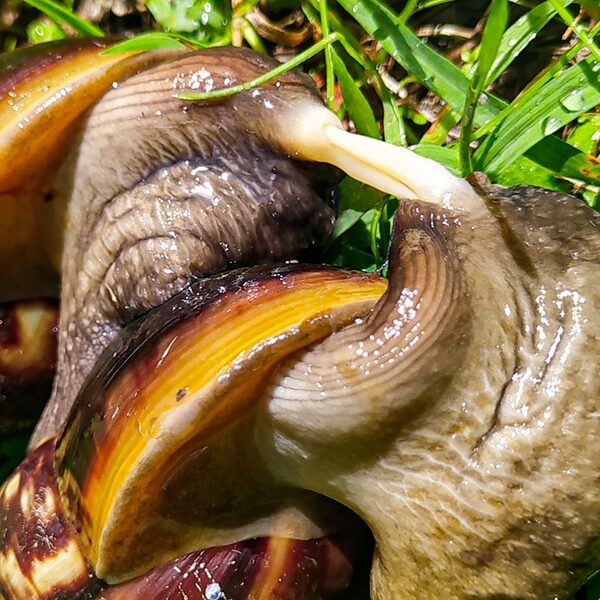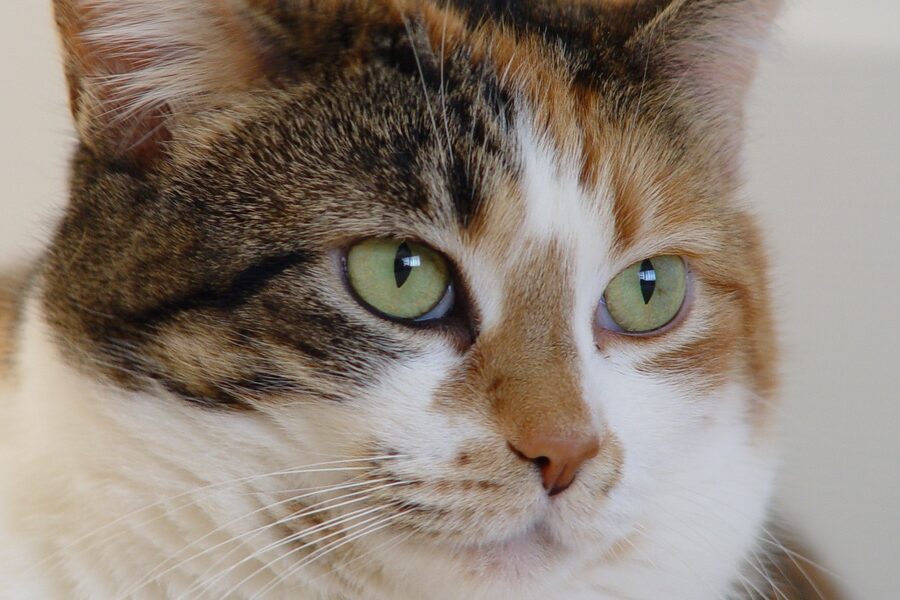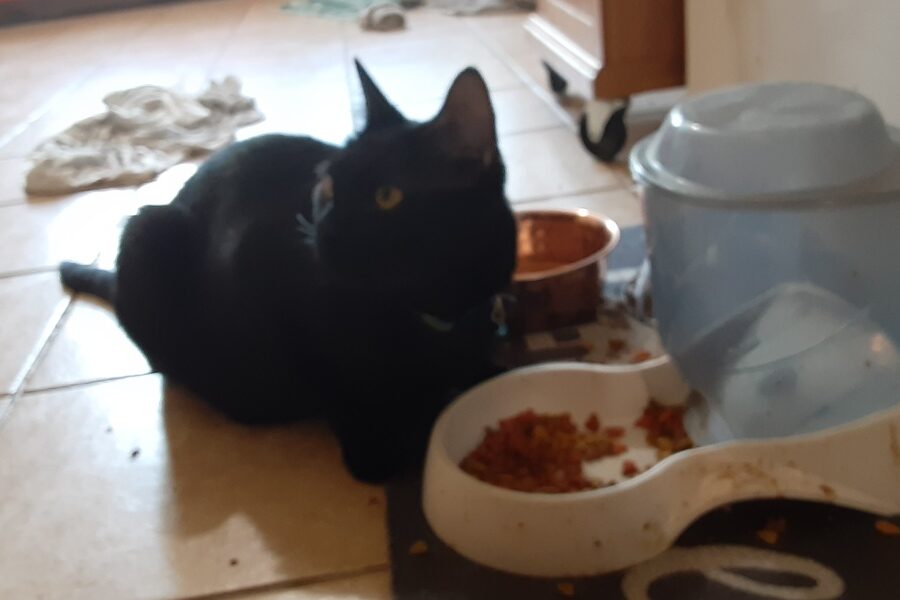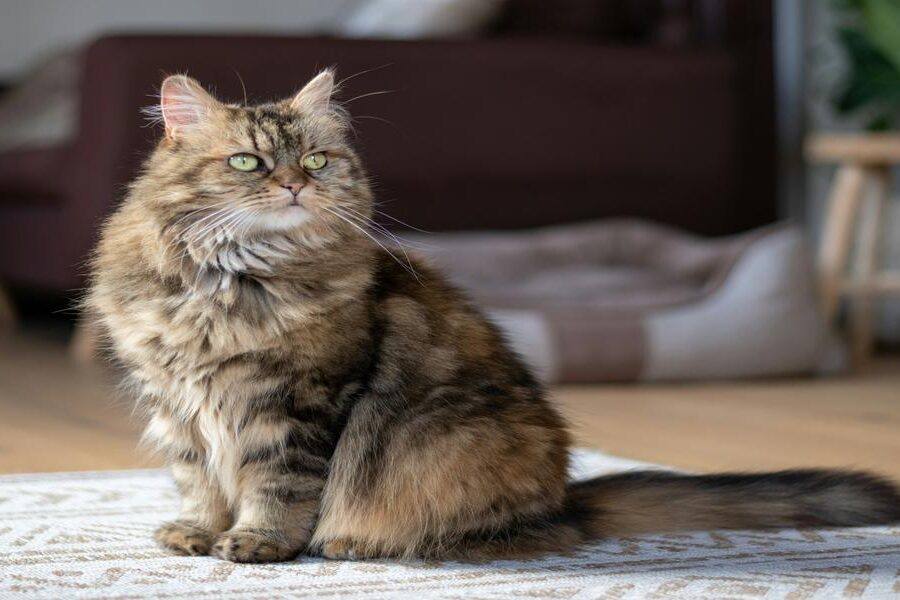Cats with mismatched eyes—one blue, one green or amber—catch the eye whether they’re lounging in a sunbeam or featured in breed photos. They prompt quick questions about why the colors differ and which breeds are most likely to show the trait.
There are 14 odd eyed cat breeds, ranging from the British Shorthair to the Turkish Van. For each breed I list Scientific name,Origin,Typical eye colors to help you compare lineage and eye patterns; you’ll find the complete list below.
Do odd-eyed cats need special care?
Not usually—day-to-day care is the same as for other cats—but some genetic links matter: white cats with blue eyes have a higher chance of congenital deafness. Regular vet checkups, swift attention to any eye discharge or changes, and safe indoor/outdoor practices are sensible.
Can different eye colors affect a cat’s vision?
Eye color itself doesn’t typically change sight, but associated conditions can: for example, deafness in some blue-eyed white cats can affect how they respond to cues. If you notice squinting, redness, cloudiness, or behavior changes, get a veterinary exam.
Odd Eyed Cat Breeds
| Breed | Scientific name | Origin | Typical eye colors |
|---|---|---|---|
| Turkish Van | Felis catus | Turkey | One blue and one amber/copper eye; two blue or two amber also common. |
| Turkish Angora | Felis catus | Turkey | One blue and one amber/green eye is a classic pairing for this breed. |
| Khao Manee | Felis catus | Thailand | One blue and one green, yellow, or amber eye. Prized for this trait. |
| Japanese Bobtail | Felis catus | Japan | One blue and one gold/yellow eye is common, especially in predominantly white cats. |
| Persian | Felis catus | Persia (Iran) | One blue eye and one brilliant copper/gold eye is a classic, prized combination. |
| Oriental Shorthair | Felis catus | USA / UK | One blue eye and one green eye is the typical odd-eyed pairing. |
| Sphynx | Felis catus | Canada | Any combination is possible, but one blue and one green/yellow is most striking. |
| Cornish Rex | Felis catus | UK (Cornwall) | All eye color combinations are possible, including one blue and one gold/green. |
| Devon Rex | Felis catus | UK (Devon) | Any combination is accepted; blue with gold/green is a typical odd-eyed look. |
| British Shorthair | Felis catus | UK | A deep blue eye paired with a gold or copper eye is the standard. |
| Siberian | Felis catus | Russia | One blue eye with one green or gold eye is the common pairing. |
| Maine Coon | Felis catus | USA (Maine) | One blue eye and one gold or green eye are permitted in the breed standard. |
| Scottish Fold | Felis catus | Scotland | Blue and gold/copper pairings are most common for the odd-eyed variety. |
| Ragdoll | Felis catus | USA | One blue eye and one gold/green eye, a deviation from the breed’s typical blue eyes. |
Images and Descriptions
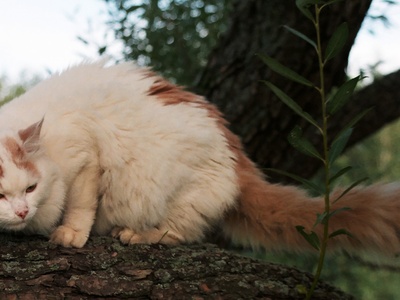
Turkish Van
A natural breed where odd eyes are a hallmark feature. Deafness can occur in odd-eyed white cats, but the trait is considered less prevalent than in some other white breeds.
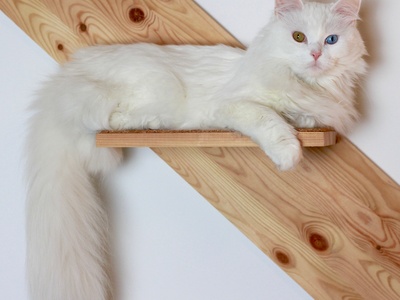
Turkish Angora
An ancient, elegant breed from Turkey. White Angoras with odd eyes are iconic but have a higher incidence of congenital deafness, especially on the side with the blue eye.
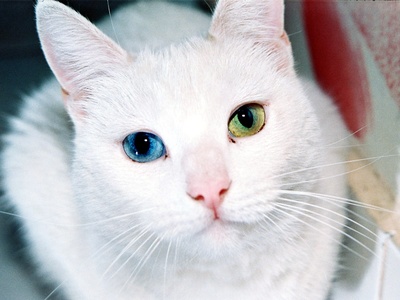
Khao Manee
This rare Thai breed, known as the “Diamond Eye” cat, is specifically bred for its pure white coat and odd-colored eyes. The trait is very common, but deafness is a known health concern.

Japanese Bobtail
Famous for its short, pom-pom tail. Odd eyes appear frequently in this breed, and the associated link to deafness is noted but seems less common than in solid-white breeds.
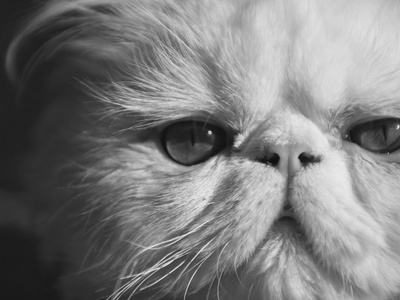
Persian
A globally popular breed where odd eyes are a recognized and desirable trait, seen almost exclusively in solid white Persians. These cats have a significant risk of deafness.
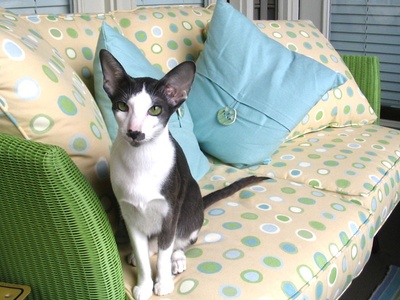
Oriental Shorthair
A sleek, talkative cat of the Siamese family. Odd eyes are most often found in the “Foreign White” color variety, which was developed to reduce the risk of genetic deafness.
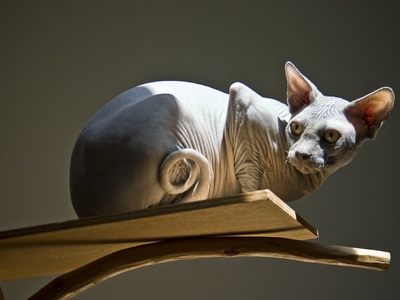
Sphynx
This famous hairless breed can carry the dominant white gene, affecting skin pigment and eye color. Odd eyes can occur in white or light-colored individuals, with a related deafness risk.
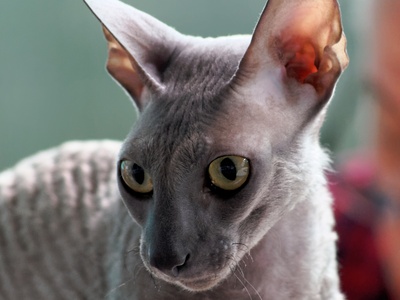
Cornish Rex
Known for its unique soft, curly coat. The odd-eyed trait is not a defining feature but appears often in white or bicolor cats due to the genes for white fur and spotting.
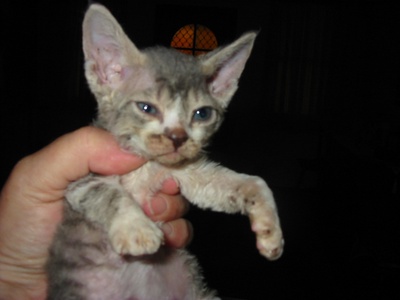
Devon Rex
The “pixie” of the cat fancy with a wavy coat and large ears. Odd eyes are a known feature, seen frequently enough in white or bicolor individuals to be recognized by enthusiasts.
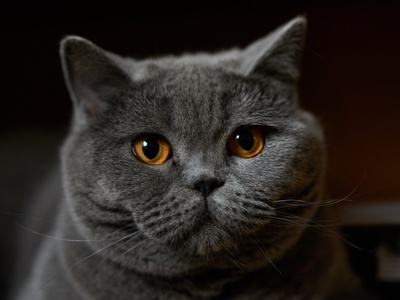
British Shorthair
A sturdy, gentle, and very popular breed. The odd-eyed trait is almost exclusively found in the white color variety, where it is highly prized despite the associated risk of deafness.
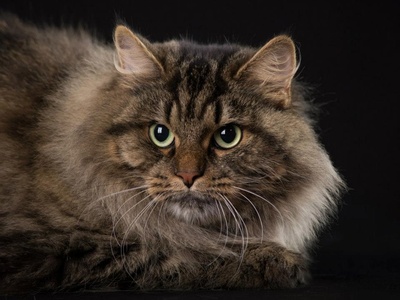
Siberian
A large, semi-longhaired natural forest cat. While not a primary trait, odd eyes are a recognized feature in Siberians with white coats or extensive white spotting on their bodies.
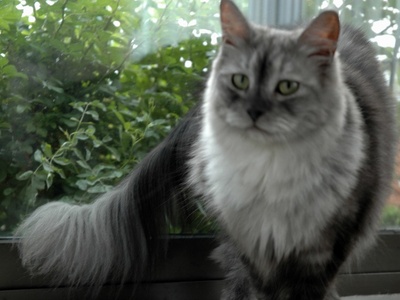
Maine Coon
One of the largest domesticated cat breeds, known as the “gentle giant.” Odd eyes are a striking feature found in white-coated Maine Coons, which carry the associated risk of deafness.
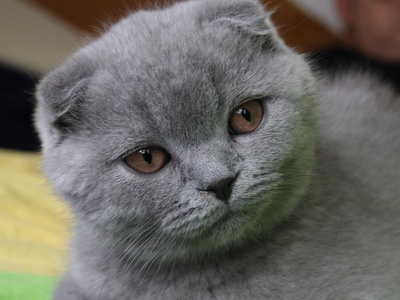
Scottish Fold
Famous for its unique folded ears. Odd eyes are seen in white-coated Folds, which are subject to the same deafness risk as other white cats, alongside the breed’s primary osteochondrodysplasia concern.
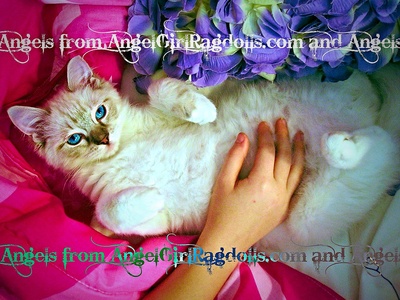
Ragdoll
A large, placid breed famed for its brilliant blue eyes. While uncommon, odd eyes can appear in bicolor or van pattern Ragdolls due to genes that control white spotting.
